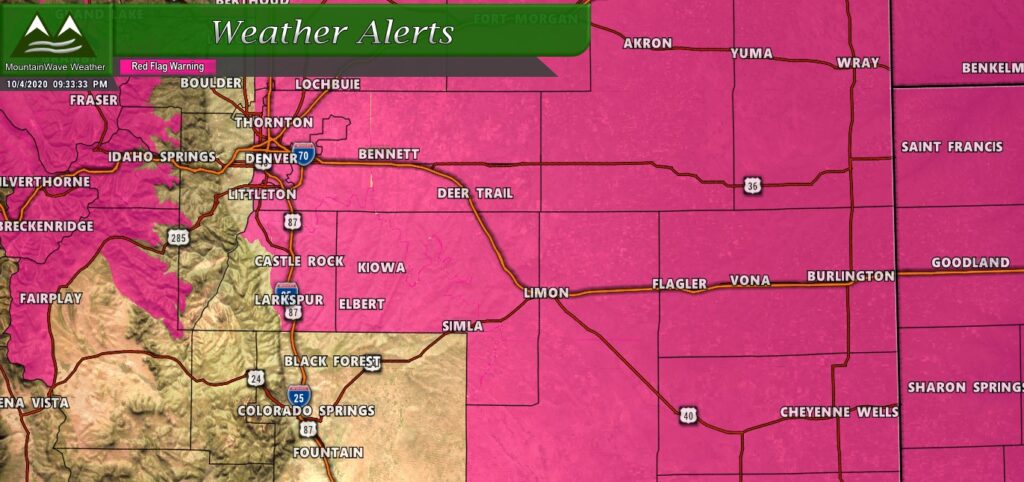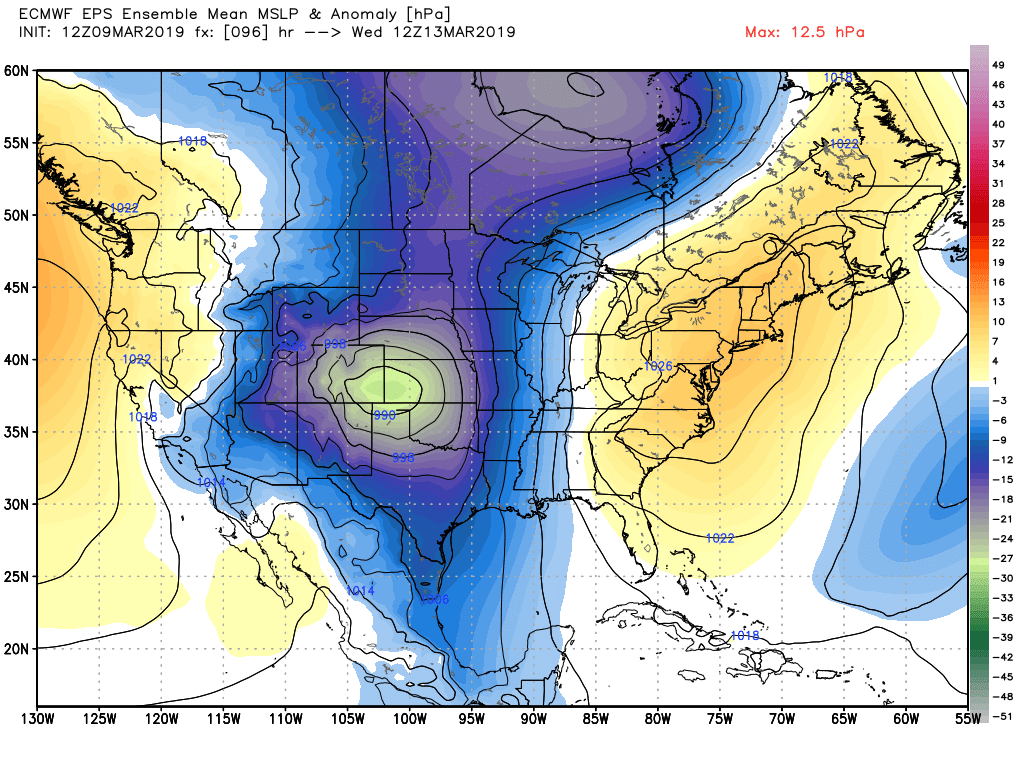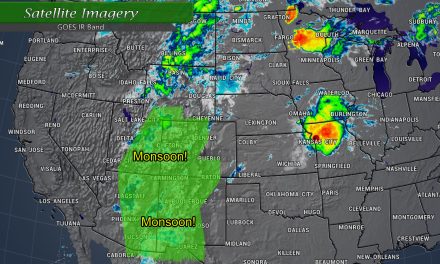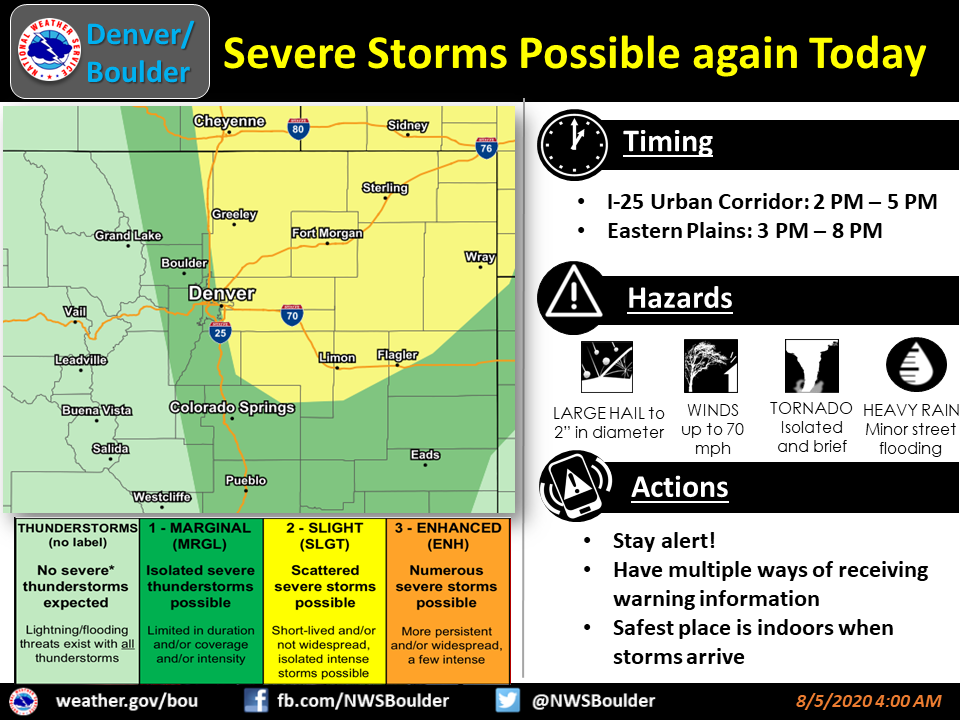Extreme Fire Danger for Palmer Divide and Colorado Front Range
As hot and dry weather re-establishes this week along the Colorado Front Range and Mountains a Red Flag Warning has been issued for extreme fire danger. A combination of well above average temperatures, low humidity and strong winds will contribute to extreme growth and fire starts becoming rapidly out of control.
Here’s a look at the Warning areas:
Sadly, given the weather pattern we are seeing ahead; we will most likely be seeing a lot of Fire Weather Warnings as we move through October.
You can always check current and real-time updated weather alerts for Castle Rock, Elizabeth, Elbert, Black Forest or Monument from our new Weather Warnings pages. The areas along the front range will be under the Red Flag Warning on Monday from 11AM until 6PM.
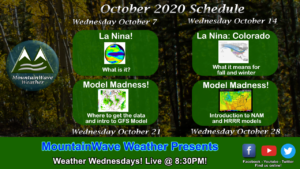
Weather Wednesdays start this week! Don’t forget to tune in as we present on a whole range of topics! Show starts at 8:30PM on Facebook, don’t miss it!
Drought Conditions Worsen
Drought conditions continue to worsen as dry and windy conditions remain the norm in the area. We don’t see a lot of evidence for any relief from this pattern in the near future so expect drought conditions to worsen throughout the month of October. Many areas of the Palmer Divide are now in Severe Drought with an area of Western and Northern Douglas county in Extreme Drought.
Here’s a refresher on what the different levels of drought mean in Colorado:
| Category | Impact |
|---|---|
Abnormally Dry |
Hay production decreases; rangeland is dry |
| Irrigation begins sooner | |
Moderate Drought |
Rangeland growth is stunted; very little hay is available |
| Dryland crops suffer | |
| Wildfires increase | |
| Pheasant population declines; ski season is limited | |
Severe Drought |
CRP lands suffer |
| Farmers reduce planting; producers sell cattle | |
| Fire season is extended | |
| Snowpack is low; surface water levels are low; river flow is reduced | |
Extreme Drought |
Pasture conditions worsen |
| City landscapes are dying | |
| Large fires develop | |
| Rafting, fishing, hunting, skiing are reduced; fish kills occur | |
| Grasshopper and insect infestation are noted | |
| Reservoirs are extremely low; mandatory water restrictions are implemented; water temperature increases | |
Exceptional Drought |
Dust storms and topsoil removal are widespread |
| Agricultural and recreational economic losses are large |
Interestingly, we are not yet to the point where we are seeing water shortages along the front range. This can be chalked up to a healthy snow season in the mountains over the past few years. The bad news is that if these conditions continue through winter we should expect to see water shortages by sometime next spring… we’ve obviously already reached the “large fires develop” criteria across many parts of the state.
I’ll keep an eye out for any chances of moisture or weather pattern changes on the horizon and pass that info along. For now though, it looks like more of the same!

